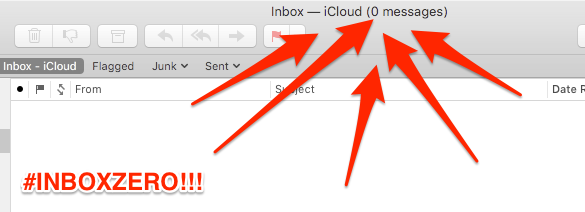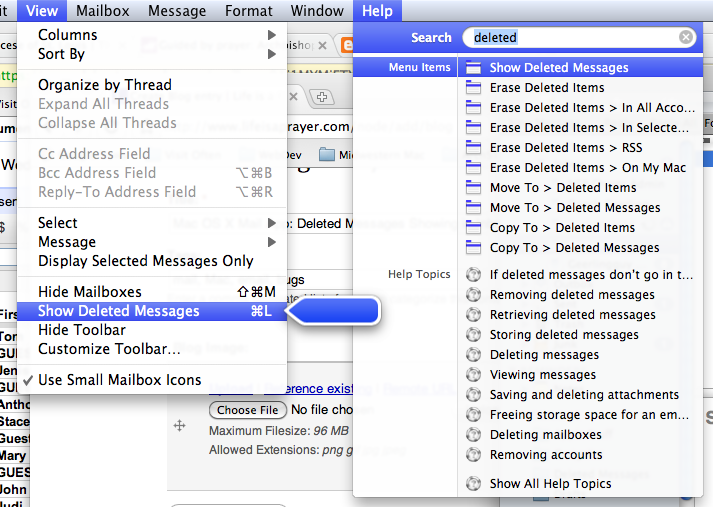How to get your server's emails through Gmail's spam filter with Exim
There's one thing that most first-time server administrators have in common: they have to either learn a lot about how email and spam filters work, or they offload email delivery entirely to a third party.
The latter option is often the best option, since successful email delivery is a crazy complicated endeavor. I know, because I've worked on two separate medium-volume email delivery systems in the past (over 1,000,000 emails/month, to hundreds of thousands of recipients), and for both of them, I spent likely 1,000+ hours on email delivery problems.
But for many smaller sites, non-profits, and side projects, there's no budget for a reliable 3rd party email delivery service.
Recently, I was rebuilding a personal photo sharing website (just used for myself and my family and friends), and I decided to wipe the server clean and start over with an Ansible-based configuration that I could deploy locally and to any cloud environment. For email delivery, I decided to install Exim on top of a CentOS 7 minimal base image, and I used Drupal/PHP's mail functionality to pass messages to Exim.

